Concert venues have often been the heart of music culture, hosting legendary performances that echo through time. Some of the most iconic venues, though, are no longer around. These stages played host to countless unforgettable shows but have since been closed or torn down, leaving their mark in history. Let’s explore some of these iconic venues that helped shape music history before their doors permanently closed.
The Fillmore East – New York, NY
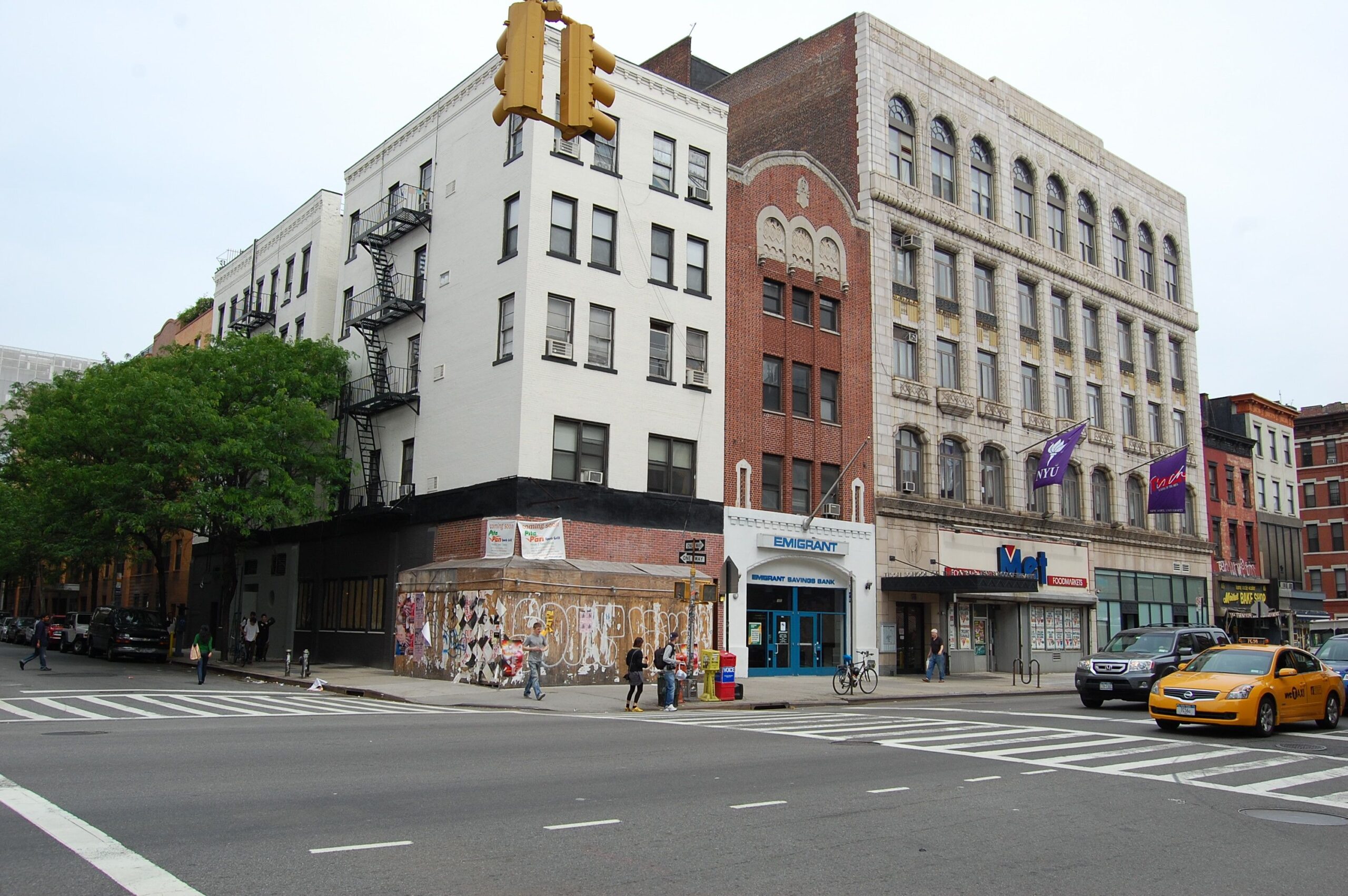
The Fillmore East, located in Manhattan’s East Village at 105 Second Avenue, was a cornerstone of rock music from 1968 to 1971. With a capacity of around 2,700, it was an ideal size for intimate yet electric performances. Owned by legendary promoter Bill Graham, the venue became famous for its cutting-edge rock shows, featuring acts like The Grateful Dead, The Allman Brothers Band, and Jimi Hendrix. The Fillmore East offered an immersive music experience, with its psychedelic light shows and high-energy performances. Although its doors closed after just three years, its legacy continues to influence rock culture.
CBGB – New York, NY

CBGB, short for “Country, Bluegrass, and Blues,” was located at 315 Bowery in Manhattan’s Lower East Side. Open from 1973 to 2006, it had a modest capacity of around 350, creating an up-close experience with groundbreaking punk and new wave acts. Bands like The Ramones, Patti Smith, and Talking Heads launched their careers on CBGB’s stage, making it the epicenter of New York’s punk rock scene. Known for its rough, no-frills atmosphere, the venue embodied the raw energy of its performers. Despite closing its doors due to rising rent, CBGB remains a cultural symbol of rebellion and DIY spirit in music.
The Roxy Theatre – Los Angeles, CA
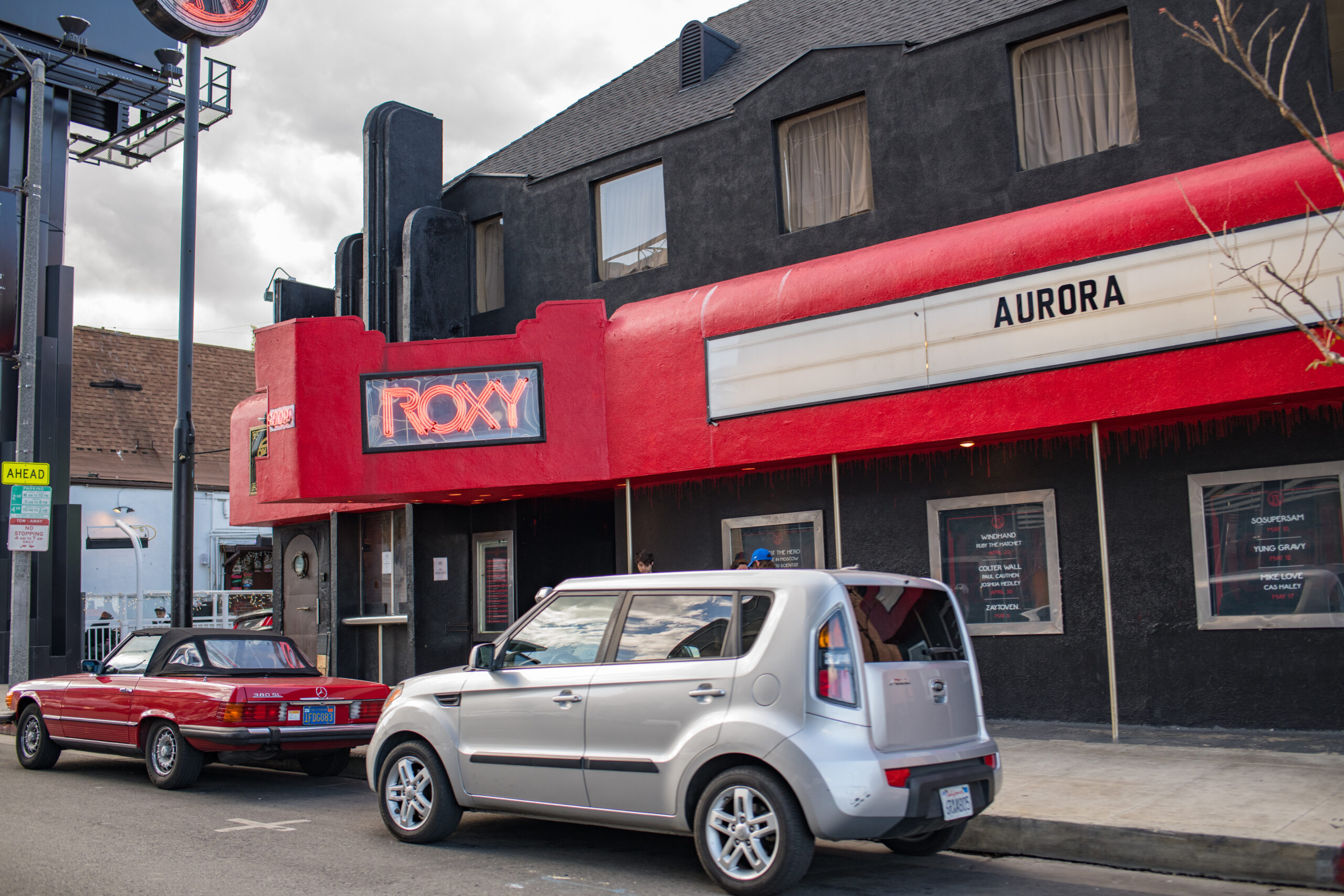
Located on the famous Sunset Strip, The Roxy Theatre in West Hollywood opened its doors in 1973. With a capacity of about 500, it offered an intimate space for some of the biggest names in rock, pop, and punk. The Roxy was renowned for its live recordings, including iconic albums like Bob Marley’s Live! and Neil Young’s Tonight’s the Night. Over the years, it hosted performers like Bruce Springsteen, Prince, and David Bowie. The Roxy’s proximity to LA’s entertainment industry made it a hotspot for both rising stars and established acts. Though it continues to operate intermittently, its influence on live music during its heyday is undeniable.
The Spectrum – Philadelphia, PA
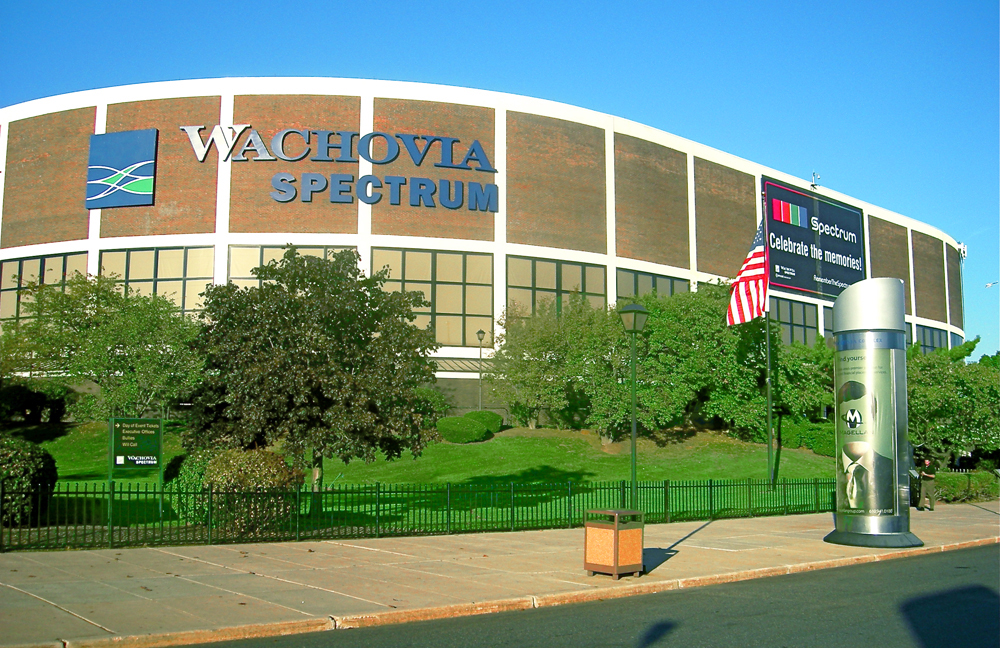
The Spectrum, located in South Philadelphia, was one of the largest and most versatile arenas of its time. Built in 1967, it had a seating capacity of over 18,000 and became a prime venue for major concerts and sporting events. Over the years, the arena saw legendary performances by artists such as Led Zeppelin, Pink Floyd, and Bruce Springsteen. It also hosted the iconic Live Aid concert in 1985. Known for its excellent acoustics and massive crowds, The Spectrum was a beloved venue until its closure in 2009. It was eventually demolished in 2011, but its impact on Philadelphia’s entertainment landscape remains strong.
The Forum – Montreal, Canada
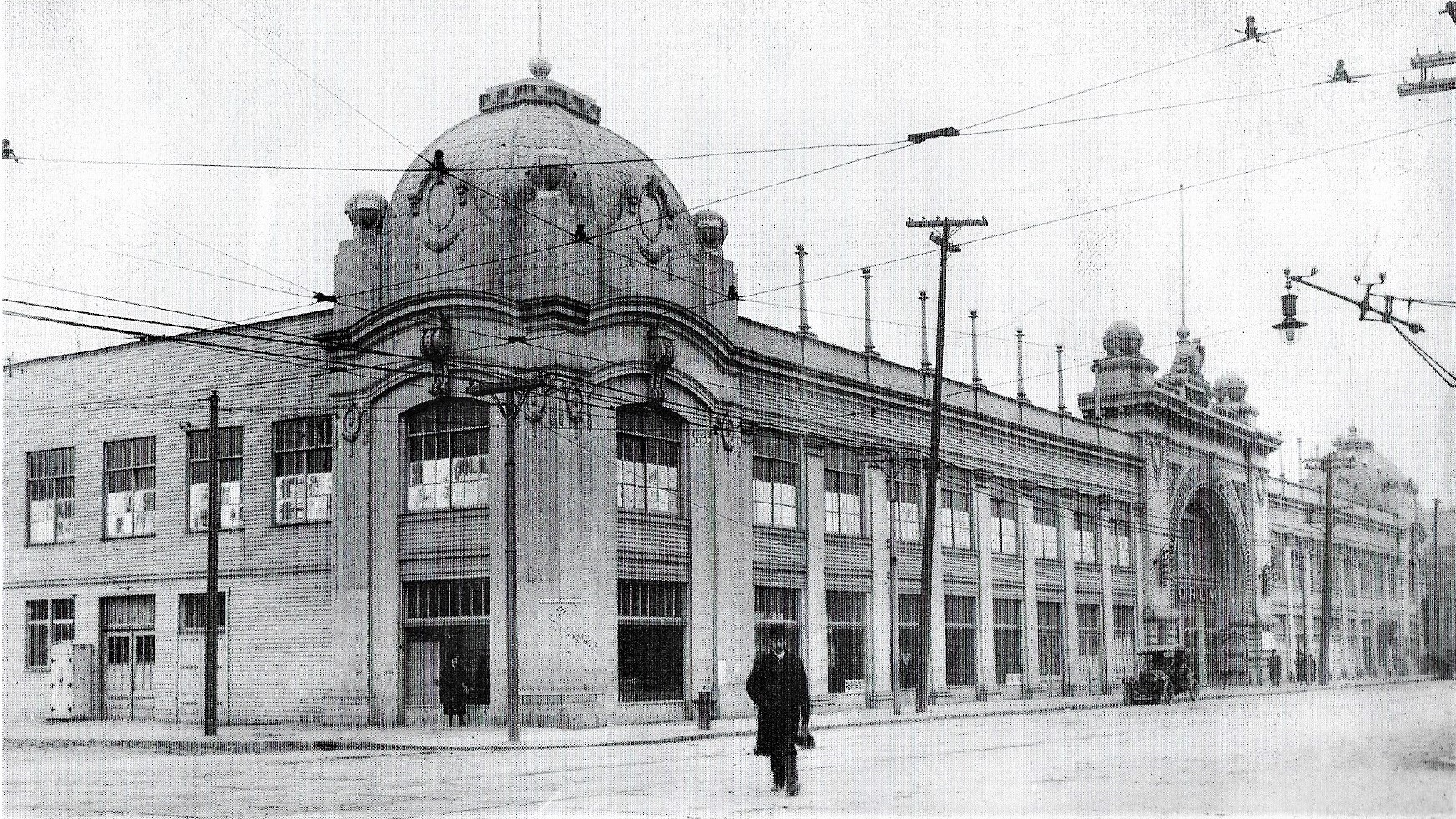
Montreal’s Forum, located on Rue Sainte-Catherine, was originally built as a hockey arena in 1924 but quickly became a leading concert venue in Canada. With a capacity of over 17,000, it hosted a wide range of events, from NHL games to iconic concerts. The Forum became famous for its exceptional performances by music legends such as The Beatles, The Rolling Stones, and David Bowie. It was one of the most sought-after venues in Montreal, known for its intimate seating arrangement that brought fans closer to the action. The venue closed in 1996 and was transformed into a multi-purpose complex, but its role in Montreal’s cultural history is forever ingrained.
Shea Stadium – New York, NY
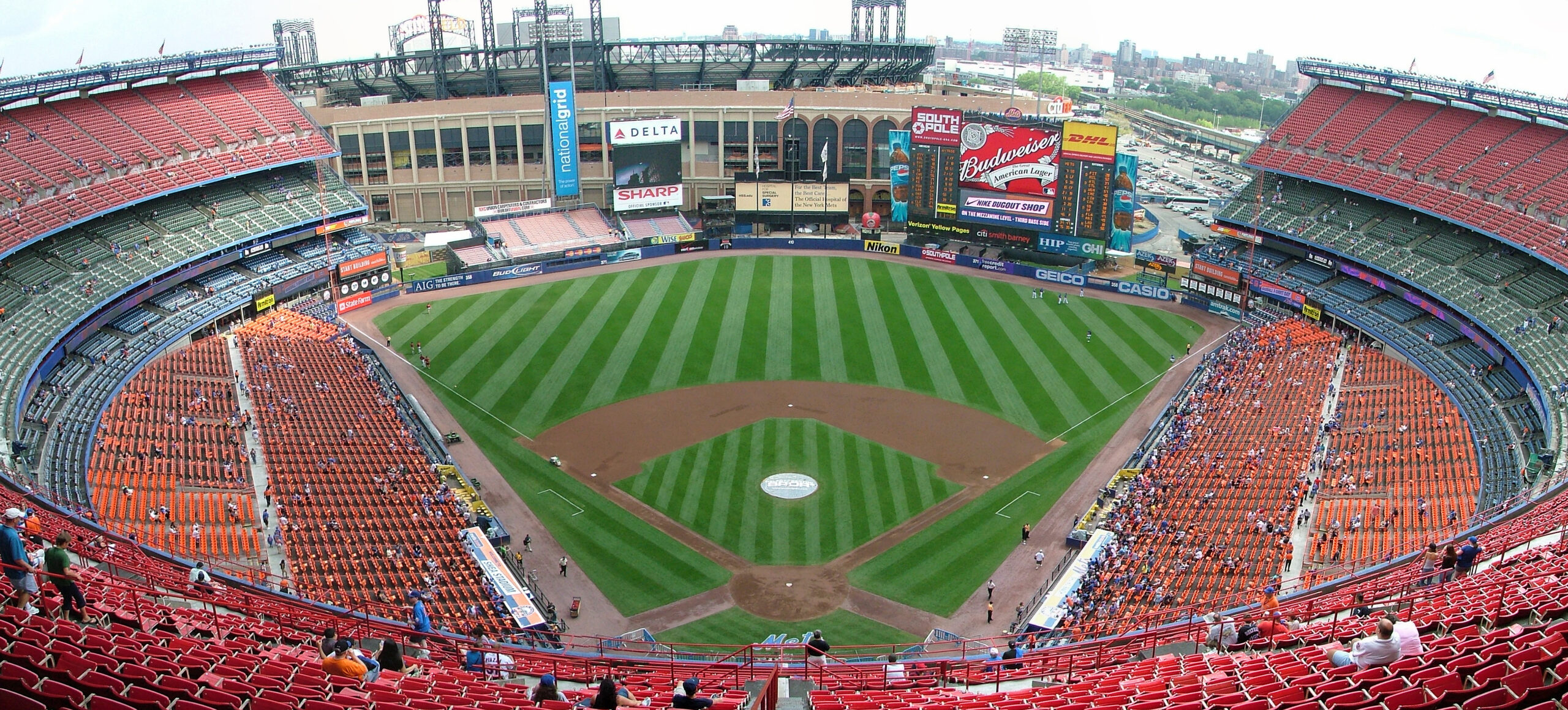
Shea Stadium, located in Queens, New York, was primarily a sports stadium but also became a legendary concert venue. With a capacity of over 57,000, it hosted some of the most iconic performances in music history, including The Beatles’ famous 1965 concert. Opened in 1964, Shea Stadium operated for over four decades until it closed in 2008. Its massive size and open-air setting made it a unique space for live music, offering fans an unforgettable experience. After its demolition, Citi Field replaced the iconic stadium.
The Agora – Cleveland, OH
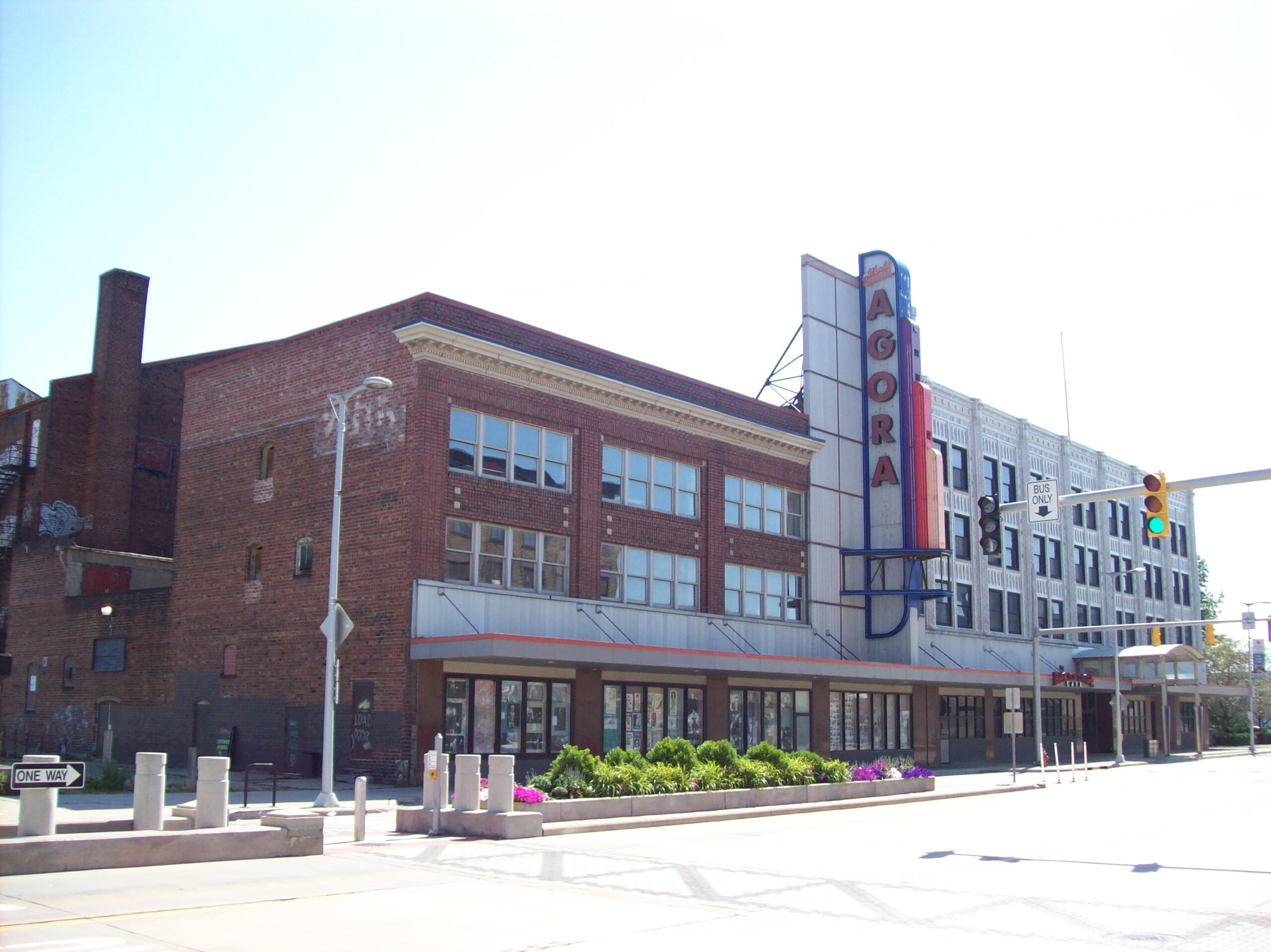
The Agora in Cleveland was a mid-sized venue with a seating capacity of about 2,000. It was one of the key players in the rock and roll scene, hosting legendary performances by artists such as Bruce Springsteen, U2, and David Bowie. Opening in 1966, The Agora became known for its electric atmosphere and its role in launching the careers of many artists. The venue operated for several decades before closing and relocating. Though the original location is gone, it remains an essential part of Cleveland’s music history.
The Fillmore West – San Francisco, CA

The Fillmore West, located on Market Street in San Francisco, was a cornerstone of the city’s 1960s music scene. With a capacity of around 3,000, it became famous for its psychedelic rock concerts, featuring artists like Jimi Hendrix, The Grateful Dead, and Santana. The venue operated from 1968 to 1971, and although its time was short, it played a huge role in defining San Francisco’s counterculture. Promoter Bill Graham’s vision for the venue helped shape the live music experience. The Fillmore West was closed in 1971 but is remembered as one of the most influential venues of its era.
Tiger Stadium – Detroit, MI
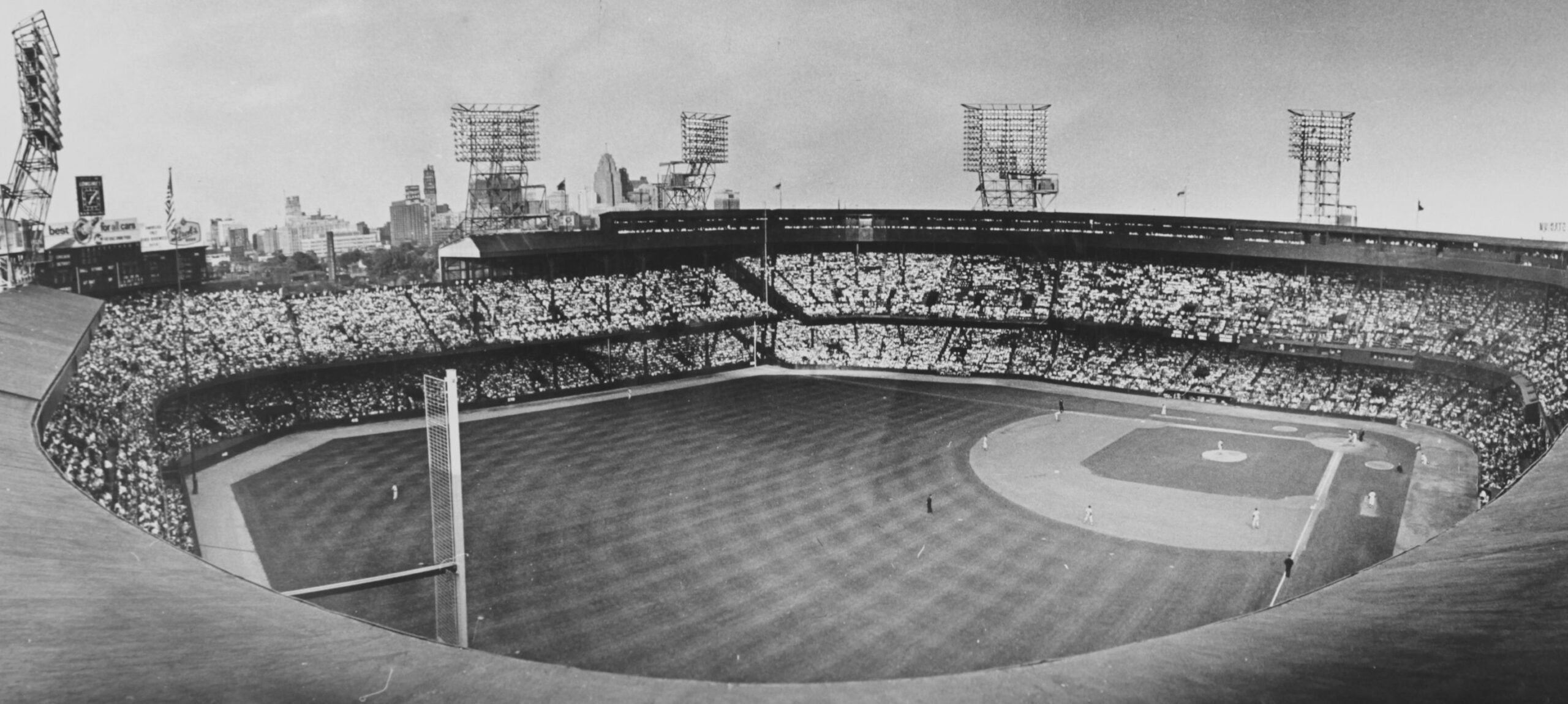
Tiger Stadium, located in the Corktown neighborhood of Detroit, was primarily a baseball stadium, but it also became a notable concert venue. Opened in 1912, the stadium could hold over 52,000 people. Over the years, it hosted memorable performances, including a famous 1977 concert by The Rolling Stones. The stadium operated for nearly 90 years before closing in 1999. Its massive scale and historic significance made it a unique setting for live music, offering fans an unforgettable experience. Though demolished in 2008, Tiger Stadium remains a beloved part of Detroit’s history.
The Hacienda – Manchester, UK

The Hacienda, located on Whitworth Street in Manchester, was an iconic nightclub and concert venue known for shaping the city’s music scene. Opened in 1982, it could hold about 2,500 people and became the epicenter of the Manchester music movement, hosting bands like New Order, The Smiths, and The Stone Roses. It was particularly influential in the rise of acid house and rave culture during the late ’80s and early ’90s. The Hacienda closed in 1997 due to financial difficulties, but its influence on music and club culture remains significant.
This article originally appeared on Rarest.org.
More from Rarest.org
14 Alien-Looking Rock Formations Found in the Most Isolated Places

Earth is home to some of the most bizarre and alien-looking landscapes that seem to belong on another planet. Read More.
15 Endangered Rainforest Creatures Struggling to Survive

Rainforests are home to some of the most unique and endangered species on Earth, but many of these creatures are struggling to survive due to habitat destruction, illegal hunting, and climate change. Read More.
13 Rare Flower Species That Bloom in Specific Microclimates
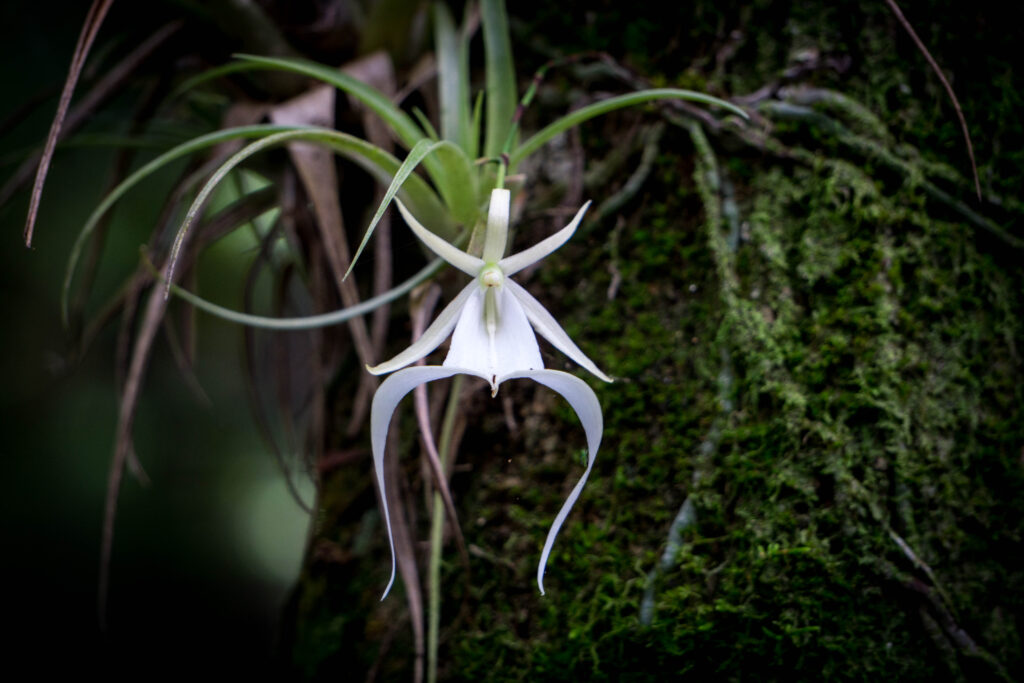
Some flowers are so rare that they can only bloom under very specific environmental conditions, known as microclimates. Read More.
